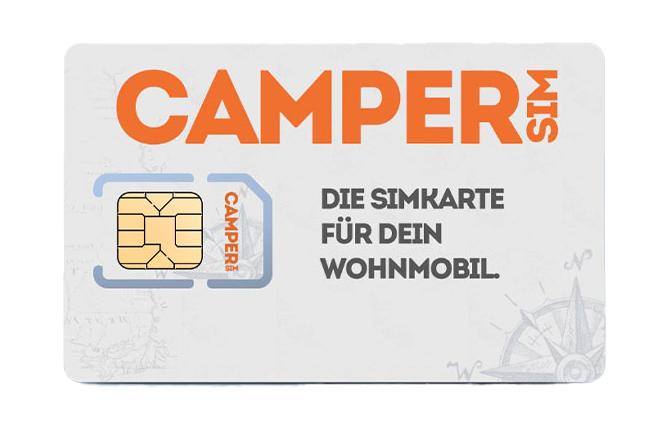IoT connected equipment and appliances may have different requirements from smartphones, but SIM cards are still at the heart of every network using IoT. Like the cards we insert into our smartphones, they connect to a mobile network via an encrypted connection.
What is the difference?
In certain places or environments, particularly those with out of the ordinary conditions, the use of IoT SIM cards with their special performance features and their durability and robustness is highly recommended or may even be the only affordable alternative.
Even standard versions of IoT SIM cards are different from conventional SIM cards (used in smartphones and tablets), e.g. in their resistance to malfunction or damage under various environmental conditions, or in their guaranteed period of use / service life.
So-called “Industrial” IoT SIM cards are used for particularly difficult or extreme conditions and environments. This “industrial” standard integrates and covers additional features that allow these SIM cards to be used for a wider range of applications and to withstand greater demands.
These “Industrial” IoT SIM cards are therefore only available in the individual formats / sizes 2FF (Mini), 3FF (Micro) and 4FF (Nano) or as a SIM chip – no “Triple SIMs” available. This ensures the best possible operability of the SIMs.
Overview of performance features & characteristics of the various SIM card versions for IoT
Regular M2M cards
- Temperature resistance: -25°C to +85°C
- Guaranteed service life: 8 to 10 years
“Industrial” M2M cards
- Temperature resistance: -35°C to +105°C
- Guaranteed service life: over 10 years
- Only available in individual formats, no combination sizes
- Slightly “thicker” than regular M2M SIM cards
AUTHOR

Michael Floth
FUSION IoT
Project Manager FUSION IoT
Do you have questions about the article?
Der Weg zur Komplettlösung für das beste Internet für Wohnmobile und Fahrzeugen
Die innovative FUSION IoT-Technologie macht die perfekte Komplettlösung möglich: Die All-in-One-Lösung für zuverlässiges und sicheres Internet und WLAN im Wohnmobil.
In enger Kooperation mit dem FUSION IoT-Team präsentiert die ProVerda GmbH, die revolutionäre “CamperSIM”. Doch das ist noch nicht alles. Auch ein passender Router wurde in das Gesamtpaket integriert, um die Komplettlösung abzurunden. Das Ergebnis: Eine umfassende Lösung, die die Reise von Fahrzeug- und Wohnmobil-Mietern und -Besitzern in ein Abenteuer unbegrenzter Internetmöglichkeiten verwandelt und gleichzeitig die Kundenzufriedenheit erheblich steigert.

Möchten Sie keine wertvolle Zeit verlieren und bereits jetzt unvergessliche Abenteuer mit grenzenloser Internetkonnektivität für zufriedenere Kunden ermöglichen? Holen Sie sich alle erforderlichen Informationen!